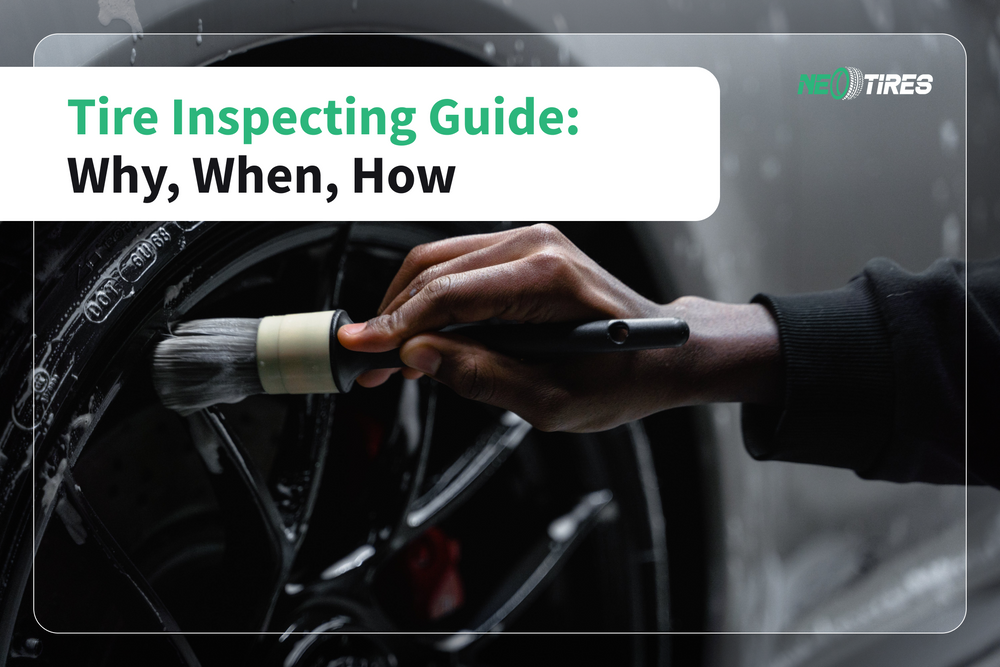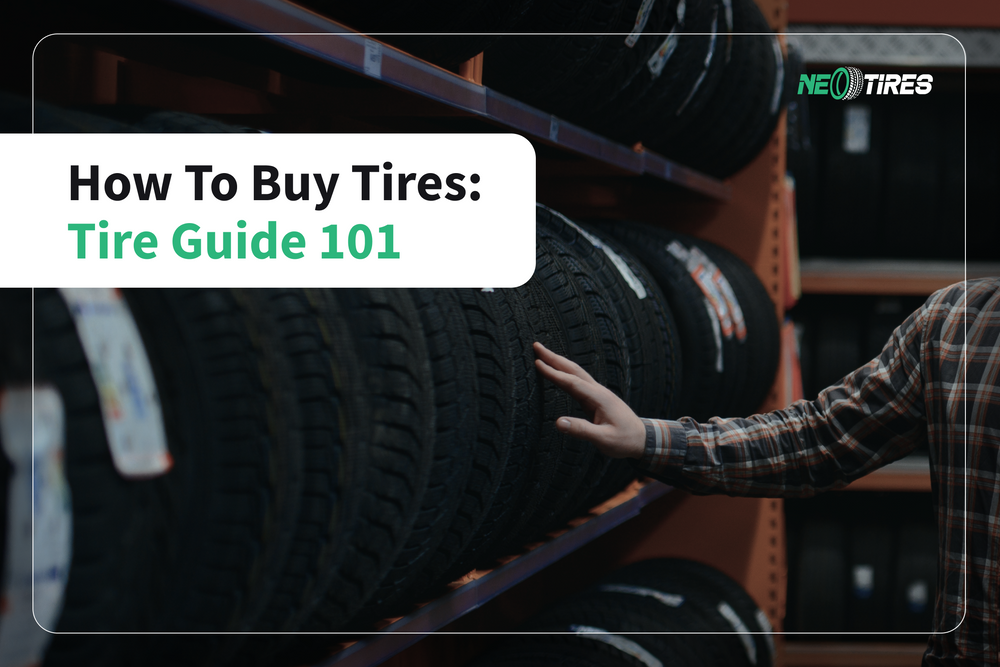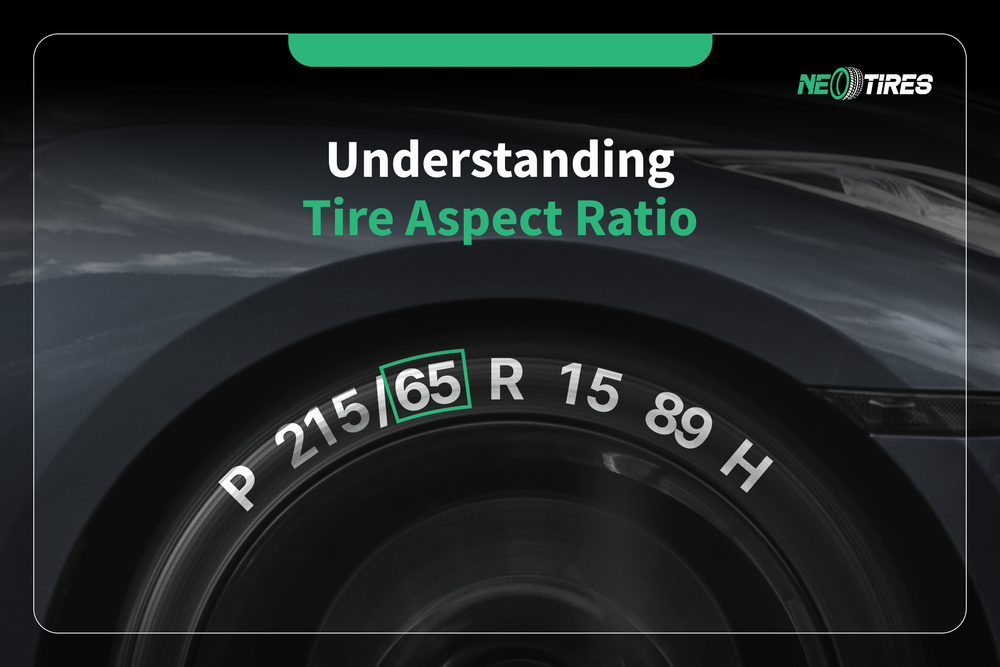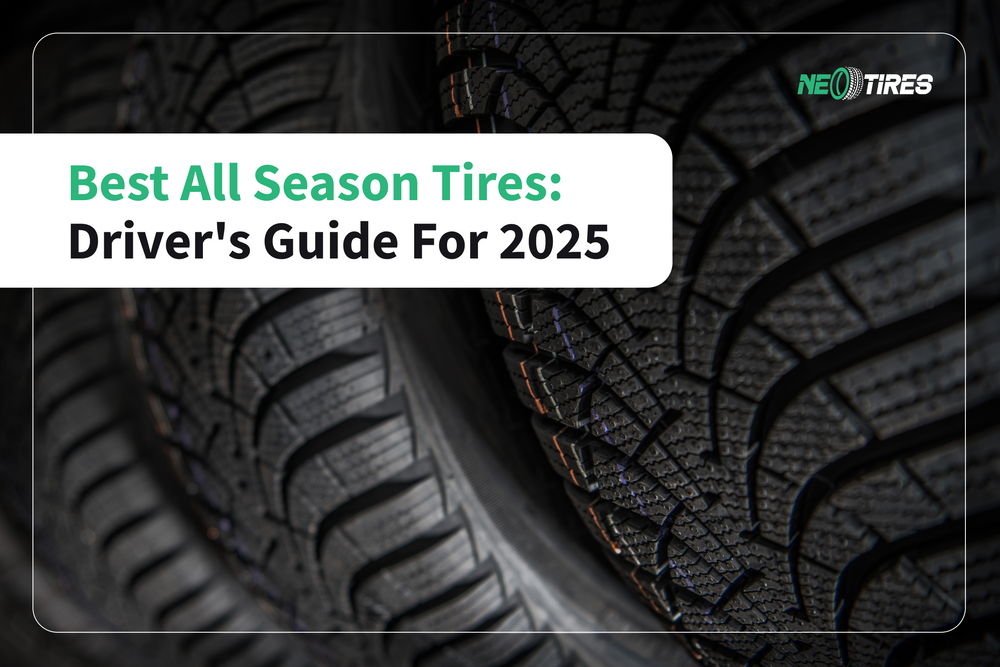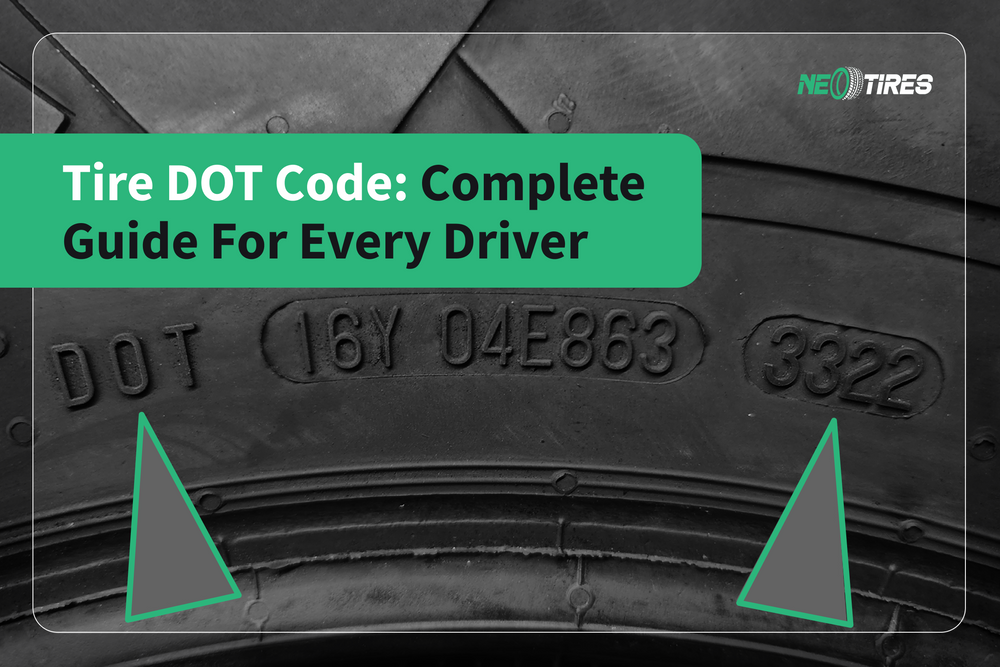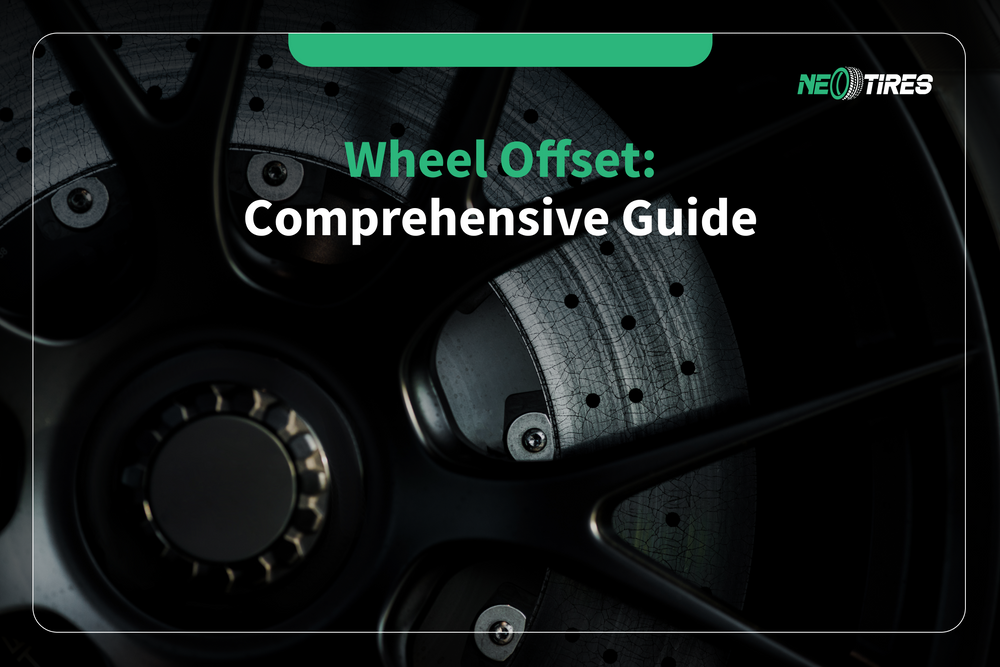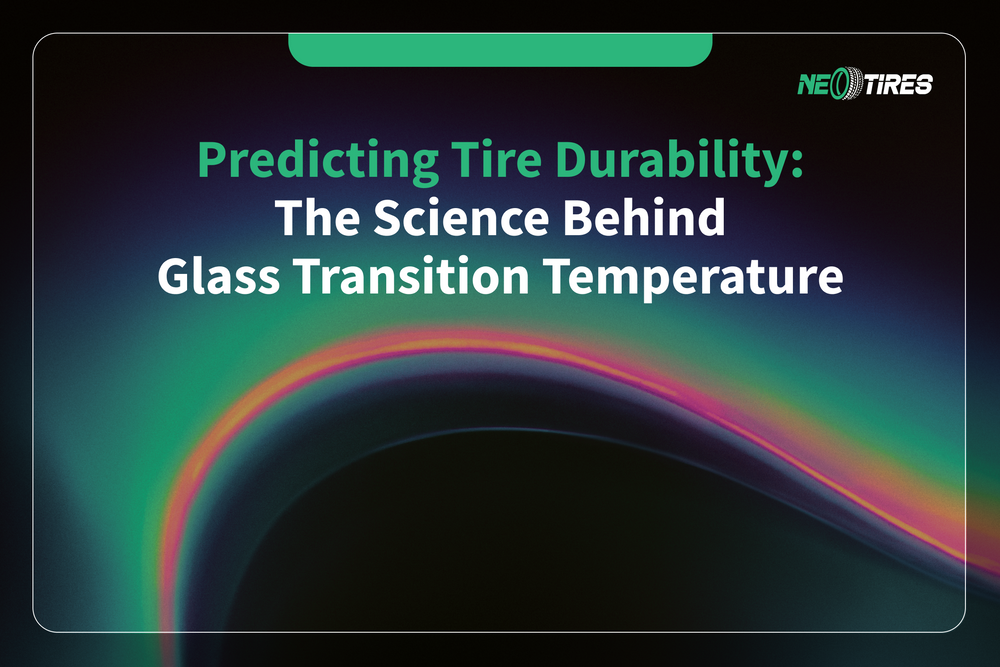It is important to inspect tires regularly to ensure their proper performance. Some damages can be "silent". That is, they can affect your tire condition without giving too much notice. Regular inspection, respectively, helps you prevent severe tire damage, as well as avoid potential punctures, or even worse, flat tires and blowouts in the middle of the road.
We have compiled an easy and clear guide for drivers to know how to inspect their tires correctly. So, check out how you can spot any potential irregularity, what its risks are, and how to solve the issue the right way.
#1 Quick But Cautious Look
First things first. There is no need to disassemble the entire construction of the car to estimate the condition of the tires. It is enough just to inspect it from all around, drawing attention to unusual swellings, sidewall and shoulder cracks, color spots, or tiny protruding objects.
#2 Look At The Tire Interior
The first step wasn't difficult at all, was it? The next step is just as simple. It is about a view from an inside angle, that is, from under the car. Don't be lazy to sit on your knee and inspect the inside of the tires. Observe if there are no damaged or deformed areas. As a rule, irregularities in the interior of the car are immediately apparent. So if there is something you need to notice, you will surely notice it.
#3 Lift The Car Up
Whether we like it or not, the car needs to be lifted from time to time, even if this means that we have to contact a specialist. Once you lift the car, you have to pay attention to the interior details that are not visible to the naked eye. At this stage, it is good to inspect the tires as carefully as possible from all points of view: the links with the suspension system, the internal and external details, any alignment issues, and the contact between the tire and the rim. So, you need to check everything you can to make sure nothing can potentially affect your tires from the inside of your vehicle.
#4: Check Tire Tread Depth
Checking your tre treads is imperative to ensure their proper performance and estimate their service life. Do not skip this step in the false hope that the depth is still acceptable. Take a penny, if you don't have other checking tools, and insert it with the upper part into the depth of the tread (Lincoln's head must enter the tread). If the upper part of the head does not go into the depth of the tire, for sure you need to get a set of new tires. If the tire covers only a small part of Lincoln's head, you can start preparing for a new set that you will need soon.
The idea is that you should not leave the tire depth unverified. The depth can be very deceiving and it may seem to you that you still have enough depth, when, in fact, the depth is much too shallow, which puts your safety on the road at risk.
#5: Inspect The Tire Tread
It is not enough to check the depth of only one tire. Keep in mind that tires wear differently from each other. If you haven't rotated your tires on time, there is a high probability that they have developed uneven wear. Front wheels can sometimes wear faster than the rear ones. Underinflation, overinflation, your driving conditions, and habits influence the way your tires wear. Checking regularly the condition of your tread allows you to spot early uneven wear and make informed decisions. Rotation, alignment, or even tire replacement might be considered in case you spot too worn tire patterns.
#6 Shake And Pull The Tires
While your car is still lifted, it's recommended to move the wheels from side to side, as well as up and down. So, you test their movement from all points of view to see how steady they are attached to the system and if their components are not too loose. If the movements around the wheel suggest looseness, the wheel bearings may be impacted leading to early tire wear. It is possible to detect other irregularities as well. For this reason, it is good to have a technician next to you who can tell you what solutions you have.
#7 Lower The Vehicle Back
That's about all you have to do while the car is lifted. These steps are fundamental for a quick and general inspection of the condition of your tires. Carefully and cautiously, take the vehicle off the jack stands and bring it back to the ground. It's not a bad idea to roll it a little forward and back to make sure that the steering gets back into alignment. This step is not mandatory, but if you decide to commit to the inspection process, take one more step to complete it.
#8 Tire Pressure Checkup
To finish the inspection process, all that's left is to adjust the pressure in each tire. Don't forget that temperature changes might affect your tires. Use the pressure pump on all the tires, check the existing level, and add pressure where necessary. Do not exaggerate the level of pressure neither too much nor too little. The vehicle manufacturers have indicated the optimal PSI on the door jamb and you must never go beyond these limits.
Tire Inspection: FAQs
What Is TIRE Inspection?
Tire inspection means checking the "health" of the tires. Drivers should check them at least once a month to detect potential damages at an early stage. The inspection involves checking the tread of the 4 tires, their condition on the inside, the depth of the tread, the pressure in them, and the potential signs of bulges, cracks, and nails. This allows the driver to prevent the aggravation of the damage and to keep the tire in optimal condition for a safe ride.
How Often Should You Check Your Tires?
There is no golden rule for the frequency of tire inspections. You do it depending on how much you care about your tires and your car. Michelin, Bridgestone, and many other industry companies recommend inspecting tires at least once a month.
The optimal frequency for lifting the car is once every 2 months, or more often if the circumstances require it. Take into account the conditions in which you usually drive. Experts say that checking the pressure is welcome once a month unless the TPMS suggests that there might be some issues.
Do New Tires Need Frequent Inspection?
The condition of new tires is indeed better, and you probably won't need to inspect the tread depth so frequently. Still, they can be similarly damaged by road factors just as the worn ones. So, regular inspection (once a month) is recommended with new tires to make sure they are not affected severely by road debris, cuts, nails, sharp objects, etc...
What If My Tires Seem Okay?
Unless you are a professional mechanic, you might miss something during the tire inspection process. We recommend checking the tire condition with a qualified assistant when you change the oil or perform seasonal tire replacement. A specialist will evaluate the condition of your tires professionally, excluding all potential issues. If you notice vibrations or sounds while driving, address the issue immediately, even if your tires seem to look in good shape.
Why Is A Tire Inspection Important?
A damaged, worn, or improperly inflated tire is likely to impact the driving experience. This means lower fuel efficiency, deficient handling, lack of proper responsiveness, and longer braking distance, among others. Regular inspection allows you to spot potential irregularities and solve them before your driving experience gets severely affected. Last but not least, taking care of your tires means ensuring a safer ride.
How Do You Check Safety On Tires?
The tread condition plays an essential role in the safety degree of your driving. If the tread is worn, the tires do not provide enough grip and safe braking distance. To ensure a safe tread, you can use the Penny Test with a coin. If the coin enters the tire tread covering Lincoln's head, it means that your tire is still safe to use. If the head remains outside, your tires are not safe at all and it is recommended to replace them as soon as possible.
How Often Should You Inspect Your Tires?
Specialists in the sector recommend checking tires at least once a month. The pressure, condition, and depth of the tread should be a monthly routine for any responsible driver. As for lifting your vehicle for inner tire inspection, you could do this procedure every time you rotate, and align your tires.
What Are The Three Things To Check On Tires?
3 aspects are indispensable when it comes to your tire check. These are your pressure levels in all 4 tires, their tread depth, and signs for damage like bulges, cracks, and cuts. We recommend checking these 3 aspects especially when planning a long trip to ensure that you will arrive at your destination safe and sound.
Why Trust Us?
The tires of the vehicle determine its degree of safety, driving confidence on different terrains, and competitive performance in different weather conditions. Thus, choosing the right tire that can provide all these aspects is crucial for every driver. Here is where NeoTires comes into play. Our qualified team has enough experience to recommend the right tires to help you cope with any conditions.
Our trained assistants and qualified mechanics have been active in this industry for more than 10 years. With such a background, we ensure the quality of the services and products we offer. Here at NeoTires, we evaluate, test, and compare our tires from different performance perspectives to know their capabilities and behavior in various conditions.
Further on, we share everything we know about them with our clients so that each driver can make the best match between our products and his driving needs. Our goal is to improve your driving experience and eliminate any risk associated with the wrong tires. Drive safe and choose your tires wisely!




